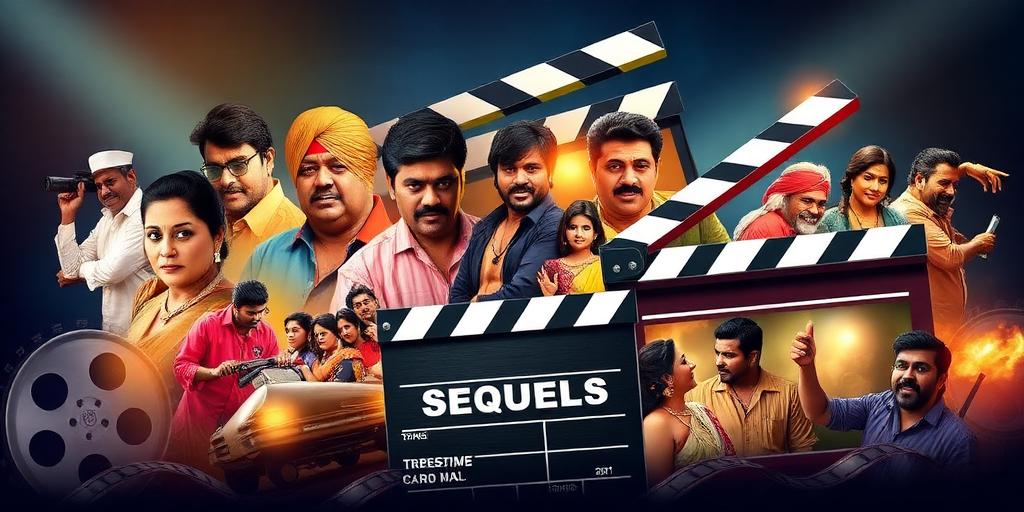Tamil cinema, known for its vibrant storytelling and dedicated fanbase, is currently witnessing a surge in sequel announcements. This trend reflects a strategic move by production houses to capitalize on pre-existing intellectual property and the audience's demonstrated affection for established characters and narratives. However, the success of these sequels hinges on several critical factors, including script quality, directorial vision, and the ability to retain the essence of the original while introducing fresh, compelling elements.
Analyzing the Sequel Trend:
The decision to produce sequels is often driven by financial considerations. A successful original film provides a built-in audience and reduces marketing risks. Sequels also offer opportunities to expand the cinematic universe, explore unexplored storylines, and deepen character arcs. This strategy, while potentially lucrative, demands careful execution to avoid alienating the original fanbase.
Key Sequels in Development:
Several high-profile Tamil sequels are currently in various stages of development. These include:
- Vada Chennai 2: A potential continuation of Vetri Maaran's critically acclaimed gangster epic. The success depends on recapturing the raw intensity and authentic portrayal of North Madras that defined the first film.
- Indian 2: S. Shankar's ambitious sequel to his 1996 vigilante classic. Overcoming production delays and delivering a relevant social message are crucial for its success.
- Ponniyin Selvan Part III: The concluding chapter of Mani Ratnam's historical epic adaptation. The challenge lies in providing a satisfying resolution to the complex narrative and meeting the expectations of fans of the original novel.
Critical Success Factors for Tamil Sequels:
- Strong Script and Direction: A compelling narrative that justifies the sequel's existence is paramount. The storyline should offer new insights, explore uncharted territories, and provide a meaningful continuation of the original film's themes.
- Maintaining Continuity and Character Integrity: Sequels must respect the established lore and characterizations from the original. Inconsistencies or deviations can lead to audience dissatisfaction.
- Technical Excellence: High production values, including visual effects, cinematography, and sound design, are essential to meet contemporary cinematic standards.
- Innovation and Freshness: While staying true to the source material, sequels should introduce novel elements, characters, or plot twists to keep the audience engaged and prevent the film from feeling like a mere rehash.
Potential Pitfalls to Avoid:
- Over-Reliance on Nostalgia: Sequels should not solely depend on nostalgia to attract audiences. They need to offer a substantive and engaging story that stands on its own merits.
- Creative Stagnation: Repeating the same plot points or character arcs without adding new dimensions can lead to predictability and audience fatigue.
- Production Delays and Budget Overruns: Protracted production schedules and escalating costs can negatively impact the film's quality and audience reception.
Conclusion:
The wave of Tamil sequels currently in development presents both opportunities and challenges for the industry. By focusing on strong storytelling, maintaining character integrity, and embracing innovation, filmmakers can create sequels that not only honor the legacy of the originals but also contribute meaningfully to the evolution of Tamil cinema. The key lies in recognizing that a sequel is not merely a continuation, but a chance to enrich and expand upon a beloved cinematic universe.









